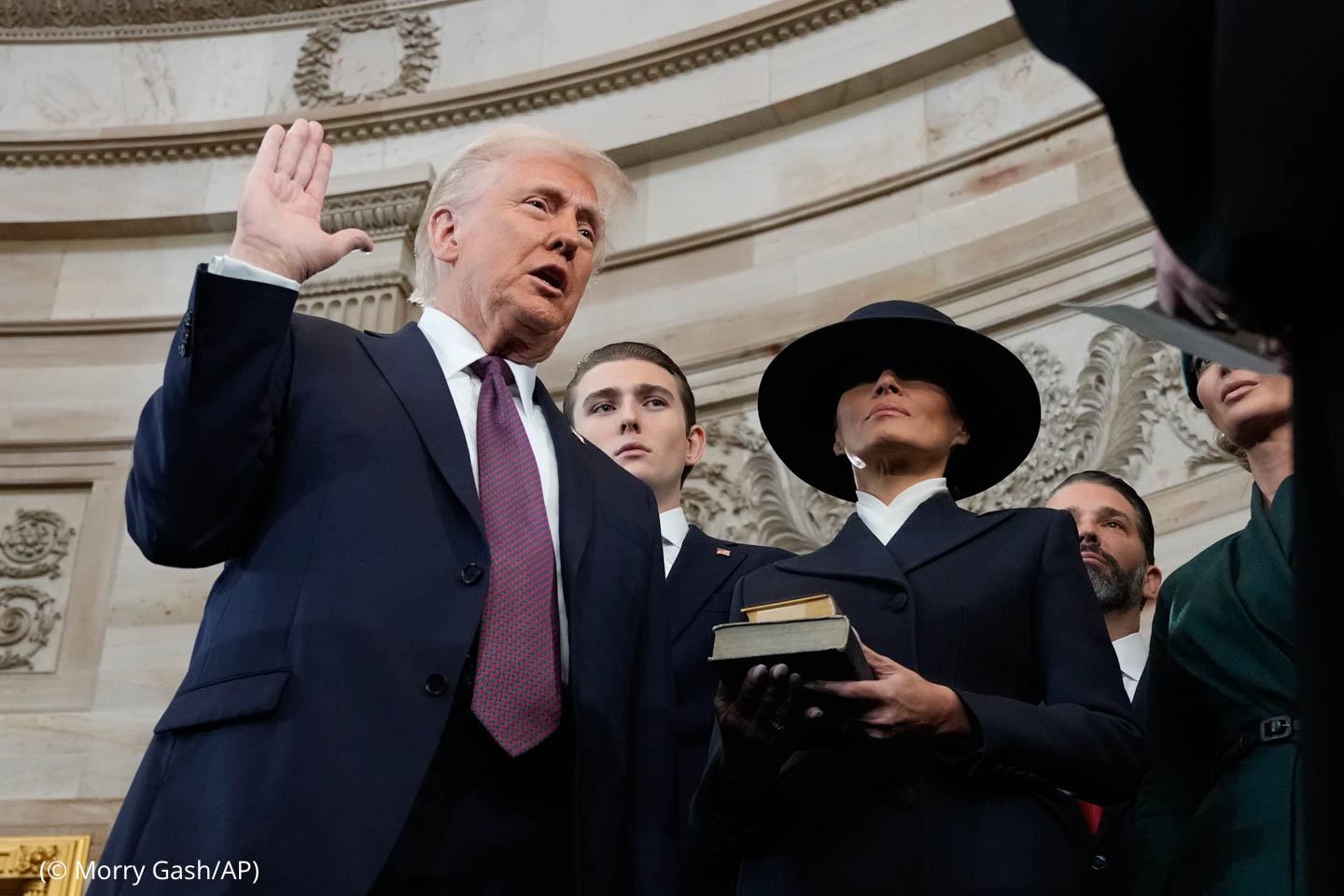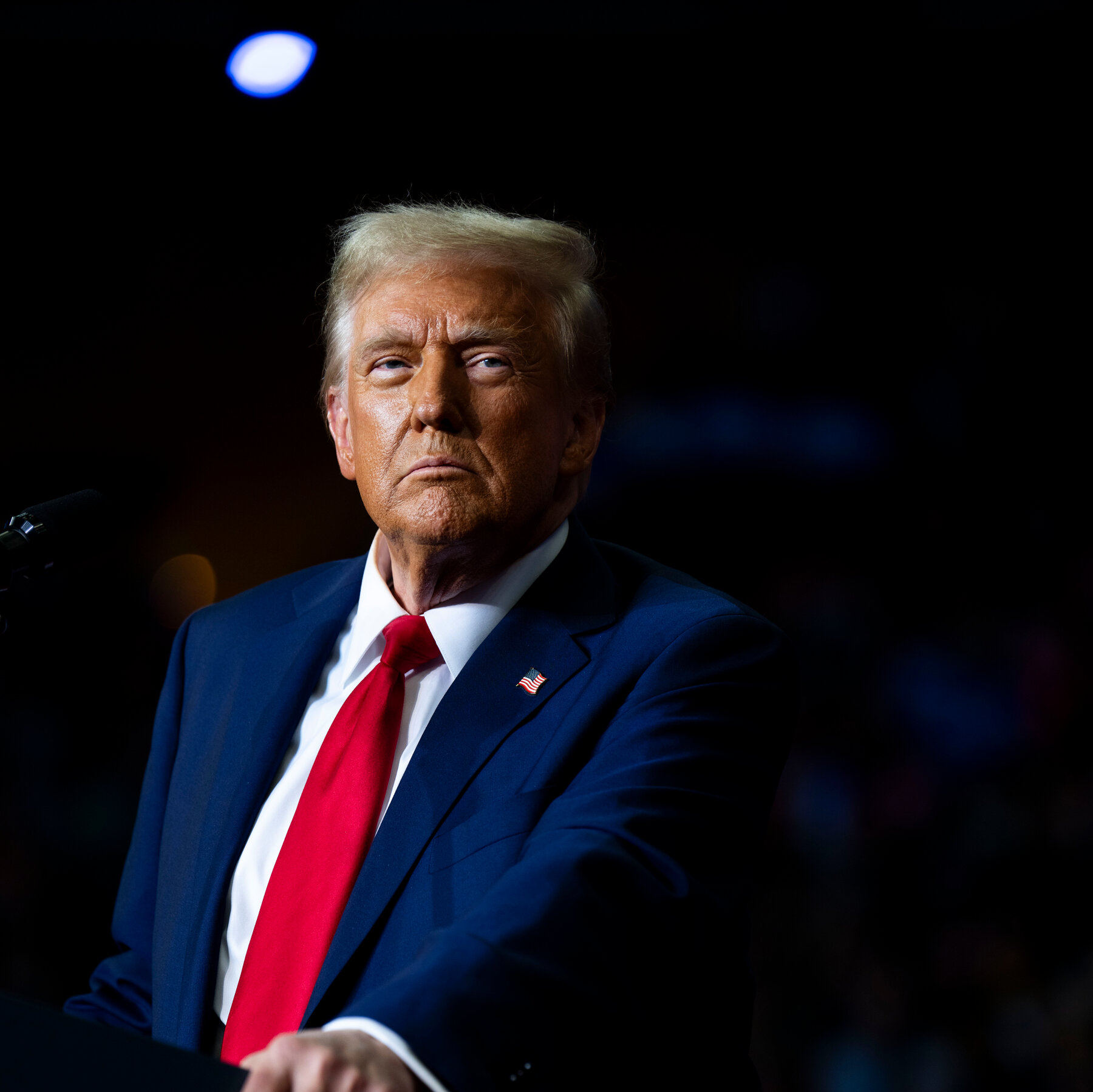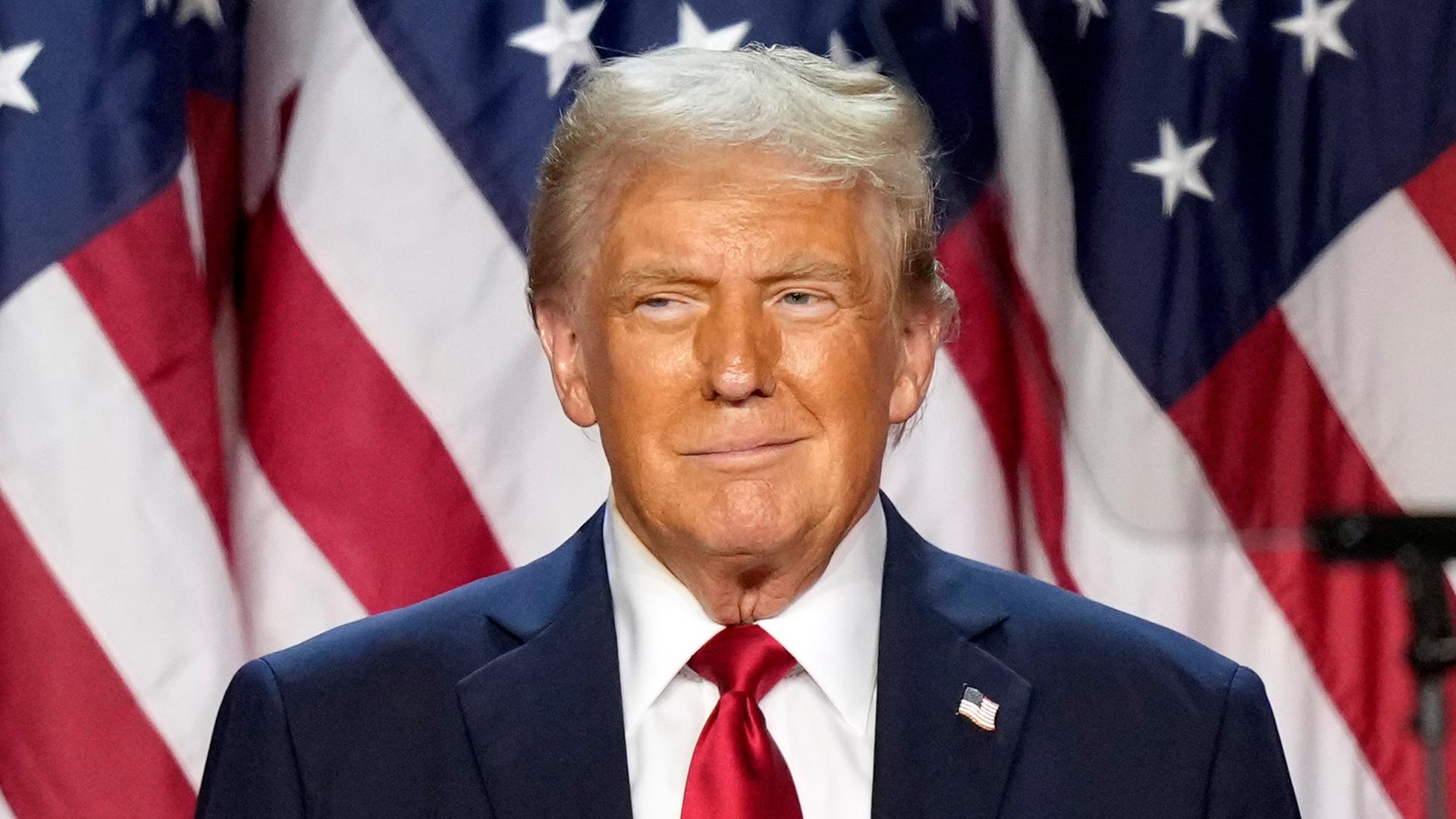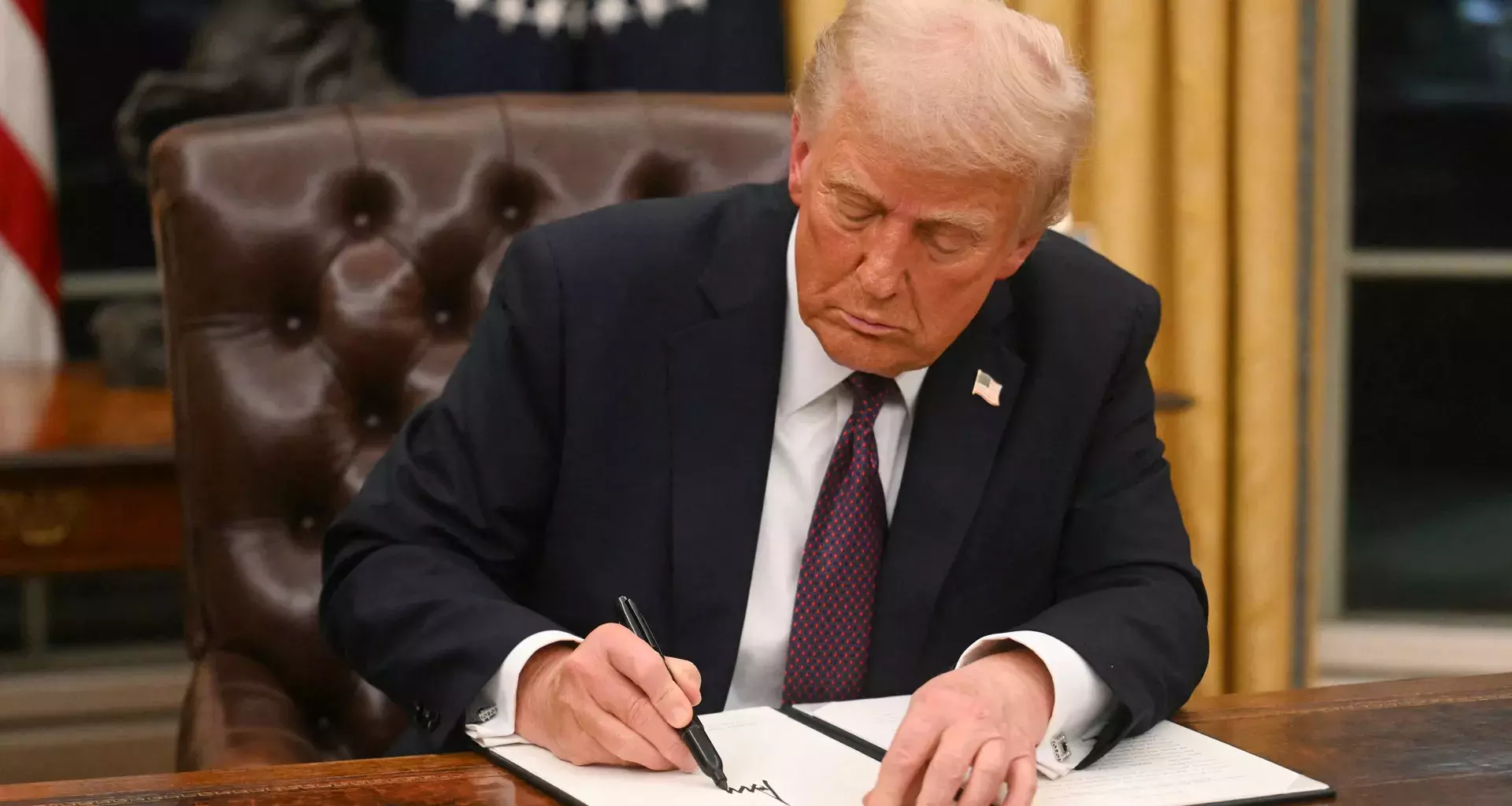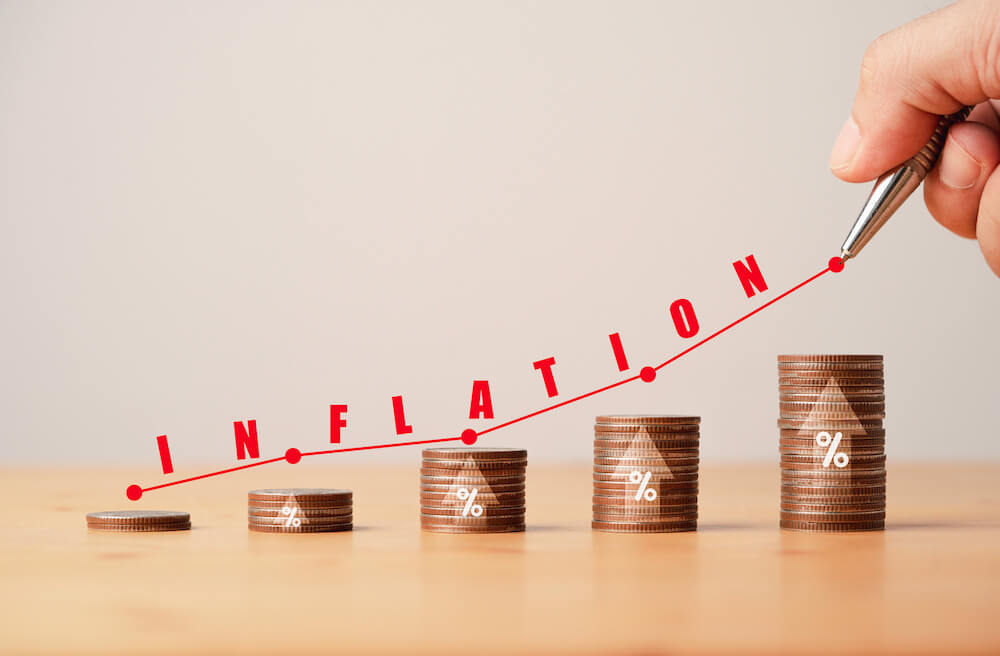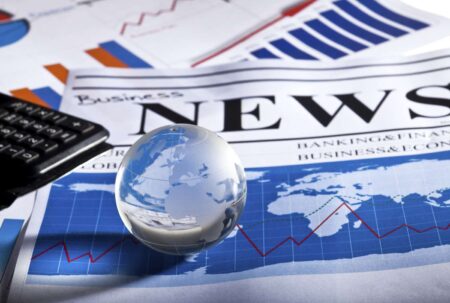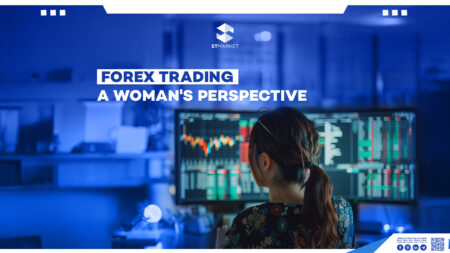Opinion Based → If this is done right, then we are likely to see more economic growth. However, that only happens with the “right method.” One thing to consider is that Canada and other economies are now either facing a return in inflation or de-growth despite easing policies, and that suggests a potential for demand disruption, isn’t it? So what if demand is no longer found and investor sentiment keeps getting lower, resulting in “risk-off sentiment.”. Indicating a reluctance to invest in the foreign, then would the gold card with 5 million dollars really be sold and pay the US national debt? Looking Forward: Trump will hold a conference with the UK prime minister at around 2 AM on Friday.
Recap on Trump’s Schedule: Things to be aware of
Although some information has once influenced the market, please remain careful with your trading during this time, as this could possibly influence all your trading pairs, particularly with GOLD prices and USD pairs.
Trump’s Economic Strategy: Green Cards for Investment and Tariffs to Combat Inflation
Spot Gold price significantly plunged to the lowest of 2888.10 due to profit-taking and risk-off sentiment that came forward. This came across with several reasons, such as the stagflation scenario from uncertainty about the tariff threat with geopolitical reasons, along with the recent Bybit hack that plunged in bitcoin price, which left many people to highly liquid assets such as cash.
Economic Uncertainty: Tariffs Threat and Global Diplomacy under Trump
The Federal Reserve Federal Reserve member Austan Goolsbee suggested a cautious approach regarding Trump’s policies, emphasizing a “wait-and-see” strategy ahead of the current restrictive and uncertain global economic conditions. This is particularly relevant for manufacturers in the steel and aluminum sectors, who are grappling with a 25% tariff and are likely to experience negative impacts. Therefore, Goolsbee noted, “Auto parts suppliers are concerned about tariffs,” giving a dampened view on tonight’s data—CB Consumer Confidence (CCI). Lower CCI = less optimism on the current outlook and vice versa. President Donald Trump
Inflation In Focus: What To Expect
Given an undershoot in the wholesale inflation data last night, many still believe there is a potential for a resurgence in inflation, and the odds still rest on holding an unchanged rate until September 2025. With that, high anticipation built upon the consumer price index for more clarification on the progress of inflation. The consumer price index, as an inflation measurement from the consumer side, is now widely expected to have a higher projected reading of 0.4% monthly and 2.9% annually tonight. So if CPI really confirms a return of inflation and with recent strong economic growth, then the Federal Reserve will very likely stay hawkish once again, especially with the potential tariff inflation that is coming closer day by day. Some FED members already sent a hawkish statement, citing that the December rate cut is the last cut while investment bankers are starting to support the degree of rate cut reduction. Meaning that they are already prepared for the worst-case scenario, and all left is the rate decision from the Federal Reserve. Moreover, we will also hear other inflation data from the United Kingdom, France, and Spain. As per the purchasing managers’ index report from either the UK or the Eurozone, they are mainly concerned with inflation as well, which is mostly seen through an increase in wage growth while seeing some downturn in the manufacturing sectors. And now the consumer price index projection from these economies are now walking in line with the PMI report.
STMARKET TRADING WORKSHOP
WELCOME TO STMARKET TRADING WORKSHOP Details: The sessions are designed to provide participants with a deep knowledge of different trading strategies used in FX Trading. Through a blend of theoretical knowledge and practical applications, you will learn how to adapt the strategies to varying market conditions. Duration: 3 Hours Per Session Learning Format: Interactive Discussions Study Schedules: Learning Objectives (CFDs Investment For Beginner)– Define what CFDs are and how they work.– Differentiate between CFDs and traditional stock trading.– Learn the buy and sell function in CFD trading and How to make a profit from it. Learning Objectives (Swing Trading Strategy)– Understand the concept of swing trading and its advantages.– Learn to identify market trends, trend reversals, and potential entry points.– Recognize opportunity zones for swing trading positions. Learning Objectives (Intraday Trading Strategy)– Learn to identify short-term trends, support, and resistance levels.– Recognize optimal entry and exit points for intraday trades.– Learn on how to identify technical patterns for intraday setups. Learning Objectives (Money Management)– Understand the importance of money management in achieving consistent profitability.– Learn the concept of positive sizing and its role in controlling risk.– Learn how to adjust position sizes based on market conditions. Register via: https://forms.gle/Nw9S3eV6qDL23NLy7 Contact us: +855 10 883 288 (Telegram)
Understand Long Wick Candlestick Pattern
The psychology behind Long Wick patterns reflects a struggle between buyers and sellers, where one side initially dominates and pushes the price to an extreme level. However, the opposing side regains strength, bringing the price back toward the opening level, indicating indecision or rejection of the extreme price. A long upper wick shows that sellers ultimately overpowered buyers, while a long lower wick indicates that buyers overcame initial selling pressure. What is the Long Wick Candlestick Pattern? Definition The long Wick is a candlestick pattern that indicates a potential reversal in an uptrend or down trend, signaling increasing selling pressure or buying pressure. This pattern signals that there was considerable price fluctuation within the trading period, but the final closing price reverted closer to the opening price. Appearance Characteristics A Long Wick pattern in candlestick charts features a candle with an extended wick, or shadow, that stretches far beyond the candle’s body. Example The psychology behind Long Wick patterns reflects a struggle between buyers and sellers, where one side initially dominates and pushes the price to an extreme level. However, the opposing side regains strength, bringing the price back toward the opening level, indicating indecision or rejection of the extreme price. A long upper wick shows that sellers ultimately overpowered buyers, while a long lower wick indicates that buyers overcame initial selling pressure.
Market snapshot: The Federal Reserve, Violation of the ceasefire, and BRICS
The Federal Reserve While some argued that the rate should be kept unchanged and approached the rate decision cautiously with data-dependent, FED’s William and FED’s Waller are more open to lowering the December rate decision at a slower pace due to the current restrictiveness. They both emphasized “No signs of US recession” with an expectation to see more improvement in economic condition, lower inflation, and increased wages. The expectation is now set at 2.5% for US gross domestic product, 4%-4.25% for the unemployment rate, and 2.25% for inflation. Therefore, tonight US JOLTs Job Openings report measures job vacancies and offers valuable insights into the demand for labor and the health of the economy. So if the report suggests higher job openings, this signals more demand for workers and a tighter labor market. This might result in higher wage growth, and an increase in consumer spending, and potentially lead the FED to a holding rate to some degree, albeit they believe that wage growth is not a source for inflation. And vice versa for cooler printed data. Violation of the ceasefire: Israel and Hezbollah The violation of the ceasefire still persists between Israel and Hezbollah, which both responded decisively through fired missiles and called it a “defensive warning strike.” BRICS After his warning for the Gaza hostage was released, Donald Trump also sent another warning to BRICS if they are planning to “Dethroning the US Dollar” by imposing a 100% tariff on BRICS Nations. Especially when the BRICS Nation consists of the largest exporters including Russia, and UAE, while the largest importers of oil including China and India, as per ABC report.
Export and Import Price Index: Is it the same as the inflation data?
We know that over-inflationary pressures on consumption are very bad for the economy, as this will stain on the demand condition, which can be looked at through three main economic indicators, such as the consumer price index (CPI), producer price index (PPI), and personal consumption expenditure price index (PCE)—the FED’s preferred gauge. Yet, there are other leading indicators that many widely use, such as price from the international trade balance. Therefore, there is a saying that inflation could resurgence in 2025 from the new policies from President-elect Donald Trump on raising tariffs by over 20%. But how does this work? Export and Import Price Index (EPI and IPI) In a very simple term, an international trade of goods between two or more countries at certain prices is called an export and import price index. The Export Price Index (EPI) particularly tracks the prices of products a country exports to other nations, and vice versa for the import price index (IPI). So when businesses get their hands on this product, which could be a raw material or final product that needs to be distributed to other sellers, businesses have a right to set an additional price on this product in the next sale. When this happens, the final pricing product would be called for the consumer price index, or known for the inflation measurement. So does this mean that both EPI and IPI are the same as the producer price index (PPI)? While they could be relatable to some degree, they measure different aspects of price changes in the economy. The Producer Price Index (PPI) is simply concerned with the selling prices received by the domestic producer and is also included with the imported input (raw material, components, etc.). This also means that imported goods could be included when the producer used them for production. However, in the overall context, the EPI and IPI only measure the price that they import and export. And that is it. How do we look into the data? Both data are typically released once per month. If the export indices showed a positive increase, then this indicates increasing export prices and a potential for improving international trade. Exporters may see higher revenues, while importers may see inflationary pressures coming. If the export indices showed a negative increase, then this is a pessimistic sign that businesses have toward the future economic outlook and a potential competitiveness concern. The same thing goes for the changes in the import price index. In the normal case, when exports and imports increase, this will lead to higher production costs and higher final selling prices for end users. And that is a dominant effect of high inflation and results in lower demand consumption and softer growth. But that is not always the case. In some cases where the demand has already deteriorated due to a slowdown and lack of confidence in the economic outlook ahead, businesses are very reluctant to increase an additional cost. This aims to increase more competitive advantage within the industry. But in return, they are very likely to reduce production costs and employment levels through layoffs. In the end, slow growth is still inevitable for them. And yet, there are other scenarios when higher tariff policies come into effect. Here are some scenarios: Please remember that some limitations or interventions from government policies may be used to mitigate the impact of tariffs on domestic consumers and businesses. While we are now quite familiar that these economic indicators could be used to predict inflation data (CPI, PPI, or PCE), most policymakers also use them to monitor trade competitiveness, develop trade policies, and assess the impact of exchange rate fluctuations. Hold on. How do they use it to assess the impact of exchange rate fluctuation? So when a country’s current depreciates, the cost of import would be very likely to increase while benefiting the exported goods. This could have both positive and negative consequences for the economy, depending on which side they are more on. For instance, Australia is known for exporting more than it imports, as they are rich in natural resources such as iron, ore, coal, gold, and natural gas. So having weaker currency would lead them to price advantage, potential sales, and profit-boosting.
Forex Trading: A Woman’s Perspective
The trading stereotype of having men dominated over women has been well-known throughout the regions, giving less confidence for women to release their full potential of being the best in this field. But truth be told, women are making their mark in the world of forex as they possess valuable qualities such as patience, discipline, and emotional intelligence—significant advantages in trading. While it’s quite challenging for some regions due to the unexplained cultural barrier they are facing, developing confidence in your abilities through education, relentless practice, and a supportive network would enhance a great extent of women’s trading amid becoming well-known for that. Mrs. Watanabe is a great example of women trading because of the significant influence of Japanese housewives on the stock market and because they are known for their savvy investment and herding behavior (moving in groups). Due to a low interest rate in Japan, where the central bank encourages more spending to prevent further deflation, and with attractive investment options in the financial world, this community was created in the early 2000s. They aim to achieve better financial wealth and have become well-known for their trading while being flexible enough for the housework. So now, I would like to ask you, audience, a question. When women already have this much potential, what are the potential factors that could prevent them from being one? All of these have come down to one factor, which is stereotype. Factors such as cultural norms or myths such as “The Forex industry is only for men” can discourage women from entering the field. This limits access to quality education and resources, as well as gender bias within the industry, especially discrimination within the trading community. As a result, breaking down these barriers through accessible education (online platform or through mentorship programs) along with a supportive community can result in achieving a greater financial goal through forex trading. But here is a deal. We are all humans with an equal chance to start; however, the most important part of trading is not solely dependent on education. There are other factors to consider, such as risk management, trading plan, selecting the right broker with a good track record, or even emotional discipline. Do remember that “loss is inevitable even with the most experienced one,” and yet investors shall think of it as a learning experience instead of repeatedly failing. And that’s all from our side. Have fun with your trading journey!

